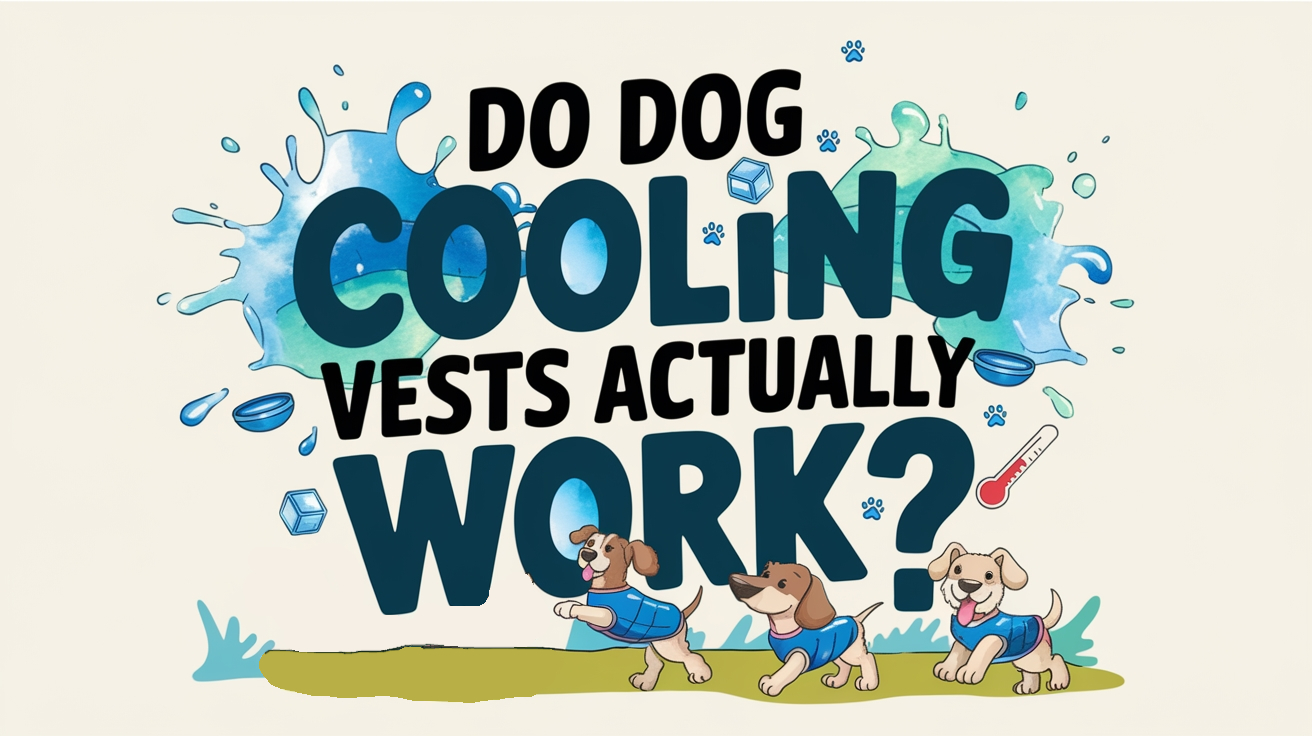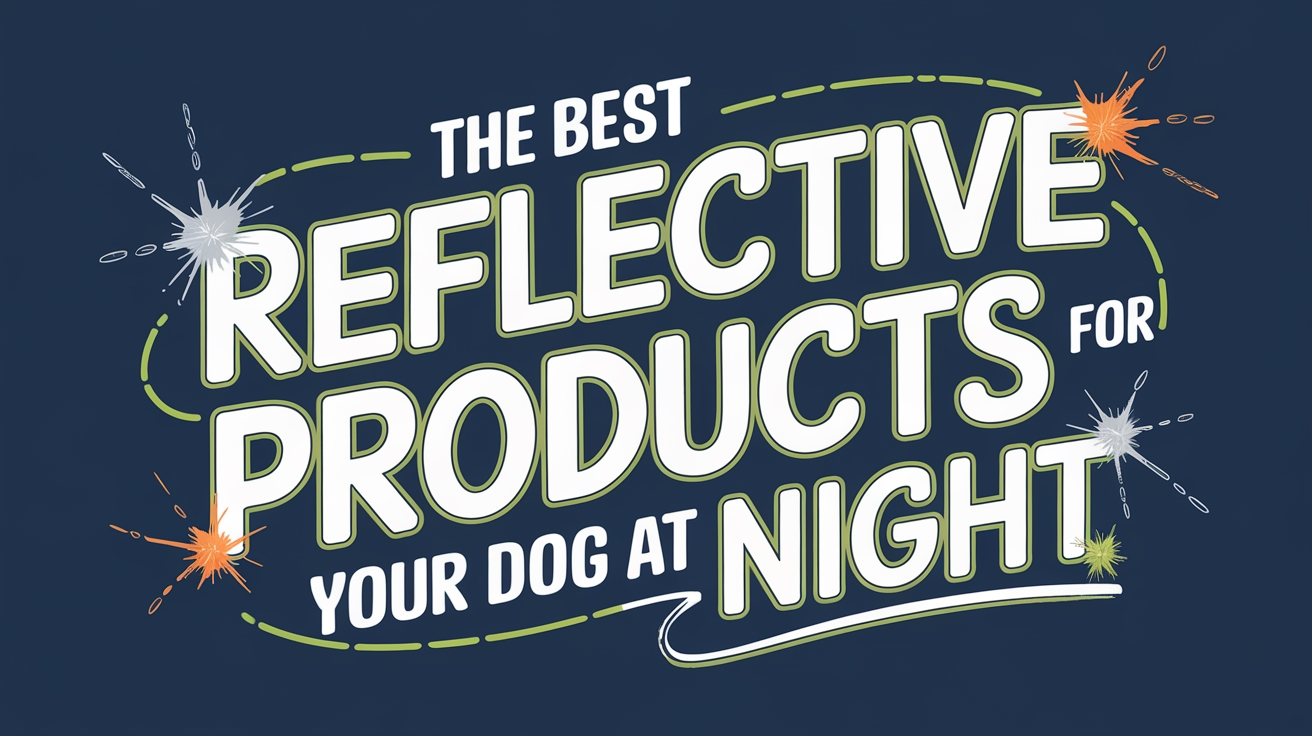Selecting the right dog harness requires careful consideration of your pet’s individual requirements and behavioral patterns. An appropriate harness enhances training effectiveness while ensuring your dog remains comfortable during walks. Focus on proper sizing, quality materials, and safety elements to maximize dependability. The market offers numerous designs and functional features worth exploring thoroughly. Familiarizing yourself with these key aspects facilitates an informed decision, ultimately improving walking experiences for both handler and four-legged friend.
Key Takeaways
- Determine the appropriate type of harness (back clip, front clip, or dual clip) based on your dog’s behavior and training needs.
- Ensure a proper fit by measuring your dog’s chest and neck, referencing brand-specific sizing charts for accuracy.
- Opt for materials that offer comfort, like padded nylon or neoprene, to prevent chafing and enhance support during activities.
- Check for safety features, including crash testing certifications and durable materials designed to withstand high-stress situations.
- Look for ease of use with quick-release buckles and adjustable straps, simplifying fitting and accommodating your dog’s growth.

Types of Harnesse
Selecting the appropriate dog harness requires knowledge of various styles to ensure optimal comfort and effective training for your pet. Different harness designs serve specific purposes, from everyday walking to behavior management, with each type offering unique benefits based on your dog’s size, breed, and specific needs.
- Back Clip Harness: This common type features a D-ring on the back, ideal for calm dogs. It’s easy to attach to leashes but less effective for training or pulling.
- Front Clip Harness: Located on the chest, this design helps discourage pulling and is great for training.
- Dual Clip Harness: Offers both front and back clips for versatility, suitable for different training stages.
- Step-in Harness: Avoids going over the dog’s head, perfect for those sensitive to it.
- Specialized Harnesses: Tailored for specific activities, these include features for endurance or pulling sports.
Each type offers unique benefits to cater to various needs.
Ensuring Proper Fit
To guarantee the best fit for your dog’s harness, accurate measurements are vital. You should measure your dog’s chest and neck, and consider their weight to make a proper selection. Moreover, choose a harness with adjustable straps to improve comfort and accommodate any changes as your pup grows. Proper sizing and fitting are essential as they help prevent discomfort and ensure safety during walks.
Accurate Measurements Required
Accurate measurements are crucial for guaranteeing your dog’s harness fits properly and comfortably. Focus on key areas like the neck, girth, and chest width. Using soft tape or string helps measure snugly without indenting the skin. Always refer to sizing charts specific to brands for the best fit. It’s important to remember that accurate sizing ensures comfort and safety for your dog.
| Measurement Area | How to Measure | Additional Tips |
|---|---|---|
| Neck | Measure around the neck | Avoid pulling too tight |
| Girth | Measure widest part of chest | Confirm dog stands calmly |
| Chest Width | Check at shoulder level | Double-check against sizing guide |
Lastly, track growth in puppies, using adjustable straps temporarily until your dog reaches full size. Remember, proper fit prevents discomfort and guarantees safety on walks!
Adjustability for Comfort
A well-fitting harness adapts seamlessly to your dog’s unique shape and size, guaranteeing comfort and security during walks. To achieve this, look for adjustable straps that accommodate various body shapes, including barrel chests and narrow necks. Multiple adjustment points—neck, chest, and torso—allow for a customized fit as your dog grows or experiences seasonal weight changes. Features like step-in designs simplify putting the harness on without the fuss of collars. Ascertain there’s no rubbing by checking for proper neck and chest girth adjustments. Verify comfort with techniques such as the two-finger rule and range-of-motion tests. With breathable materials and reinforced stitching, the right harness keeps your dog secure and comfortable, no matter the activity.
Comfortable Materials
Materials for dog harnesses:
- Nylon: Lightweight and easy to clean, but may cause chafing without padding
- Neoprene: Water-resistant with excellent cushioning, beneficial for joint support
- Leather: Stylish option that softens with use, requires maintenance, poor in wet conditions
- Mesh: Lightweight with superior airflow, less durable for strong pullers
- Hybrid materials: Combine nylon and mesh benefits with added breathability, including eco-friendly options
Consider your dog’s activity level and environment to select materials offering both comfort and durability.
Safety Features
Selecting a dog harness involves more than just comfort; safety features are just as important in protecting your beloved pet during walks and travel. First, verify the harness meets reliable crash testing standards like FMVSS 213 or ECE R-17. Look for durable materials, such as high-strength webbing and steel or aluminum hardware, to withstand daily wear. Force resistance is critical—choose harnesses that can handle high-stress forces, like 4,410 pounds. Check for certified safety ratings from organizations like the Center for Pet Safety, which indicate reliability. Finally, a proper fit is vital to prevent movement during impact; adjustable harnesses with water-wicking materials contribute to your dog’s overall safety and comfort. Crash-tested harnesses are essential to ensure that your pet is protected during travel, minimizing the risk of injury in the event of an accident.
Ease of Use
Choosing the right dog harness should be a straightforward process, especially when you prioritize ease of use. Look for harnesses with quick-release buckles and step-in designs that make fitting a breeze. A Y-shaped harness offers unrestricted movement, while minimal straps reduce tangling headaches. Opt for adjustable straps for a snug fit and easy-to-use buckles for quick removal. Machine-washable materials simplify cleaning, and lightweight fabrics dry swiftly. Reflective stitching improves visibility during evening walks, ensuring safety. Consider a durable construction for regular use and antimicrobial features to keep odors at bay. By focusing on these elements, you’ll create a hassle-free experience, making walks enjoyable for both you and your canine companion. Selecting a harness with increased comfort and control allows for a more pleasant walking experience, ensuring both you and your dog are happy during your outings.
Addressing Specific Needs
Addressing your dog’s specific needs is essential for a comfortable walking experience. If you have a dog that pulls on the leash, you might consider a front-clip harness, designed to gently redirect their attention. Conversely, if your dog is more relaxed and doesn’t tug, a back-clip harness can provide ease and comfort. Regular fit checks are important to ensure a proper fit.
Here’s a quick comparison to help you choose the right harness for your situation:
| Dog Behavior | Recommended Harness Type | Benefits |
|---|---|---|
| Pulling | Front-clip | Redirection and control |
| Calm | Back-clip | Comfort and freedom |
| Uncertain | Step-in | Ease of wear and safety |
Keep in mind your dog’s individual behavior to guarantee you select the best fit.
Adjustability and Functionality
When choosing a harness, consider how adjustable straps can accommodate your dog’s growth, ensuring a comfortable fit over time. Versatile leash options, like front and back clips, can improve training and ease of use. These features will help create a positive experience for both you and your canine companion. Additionally, opting for a harness that is fully adjustable further enhances comfort and adaptability for various dog shapes and sizes.
Straps for Growth
Given how quickly dogs grow, selecting a harness with adjustable straps is essential for both comfort and safety. Look for harnesses featuring multiple adjustment points, which allow you to customize the fit as your puppy develops. Plastic sliders make tightening and loosening effortless, while sturdy metal rings and reinforced stitching provide durability where it’s needed most. A well-designed harness will also help to reduce neck and spine injuries, particularly beneficial for puppies with existing issues.
| Features | Benefits |
|---|---|
| Six adjustment points | Customized strap positioning |
| Easy slider mechanisms | Effortless adjustments |
| Multiple buckles | Secure fastening options |
A customizable fit helps prevent pressure points, ensuring your dog can move comfortably during their growth stages. Prioritize machine-washable, water-resistant materials for convenient upkeep and long-lasting use.
Versatile Leash Options
Choosing the right leash can significantly boost your dog’s walking experience, especially when you consider options that offer both adjustability and functionality. Look for leashes with versatile attachment types—front clips help reduce pulling by redirecting pressure, while back clips support standard walking for non-pullers. Dual-clip designs allow for adaptability depending on your dog’s needs. Adjustable straps are crucial for achieving a customized fit, guaranteeing comfort for various body shapes. Consider training features like reflective stitching for visibility and integrated handles for added control. Multi-clip designs aid in versatile training scenarios, while durable materials assure longevity. With the right leash, you can elevate your dog’s experience while safeguarding safety and comfort during your adventures together.
Maintenance and Care
Proper maintenance and care of your dog harness guarantees its longevity and your companion’s safety. To keep your harness in top shape, regularly inspect it for wear and tear. Clean it with a mild detergent, choosing cold or lukewarm water, and air dry away from direct sunlight. Store your harness in a cool, dry place, ideally in a breathable bag.
| Task | Frequency | Notes |
|---|---|---|
| Inspect | Monthly | Check buckles and stitching |
| Clean | After each use | Hand wash or gentle machine cycle |
| Store | Always | Keep away from dampness and sunlight |
| Repair | As needed | Patch tears or replace damaged parts |
Following these steps guarantees your harness remains safe and effective for your pet.



